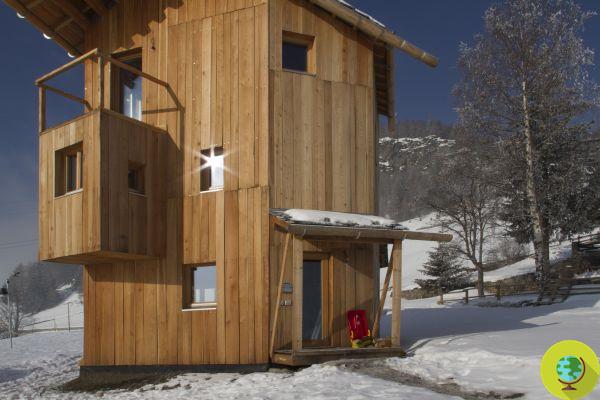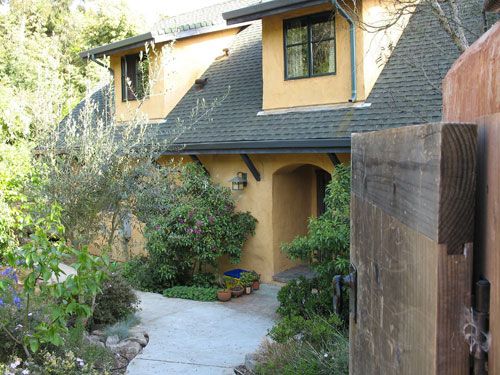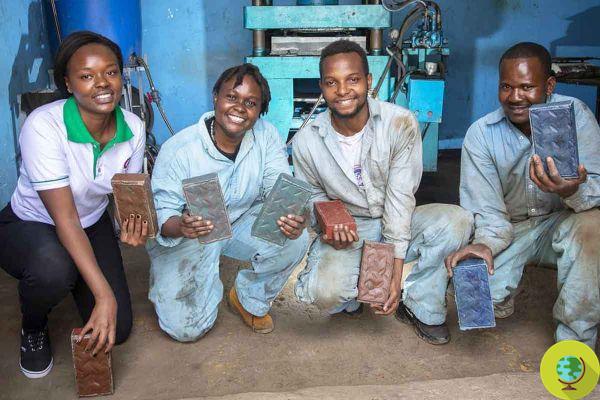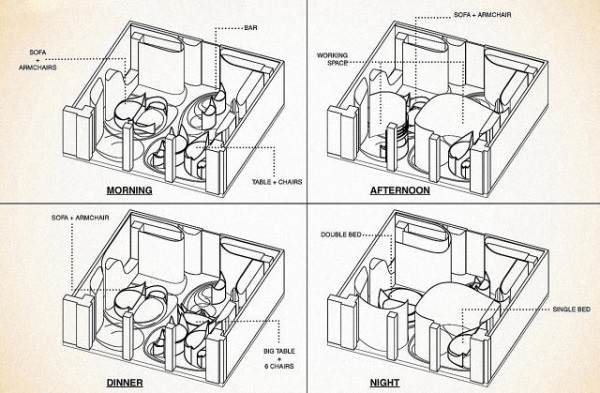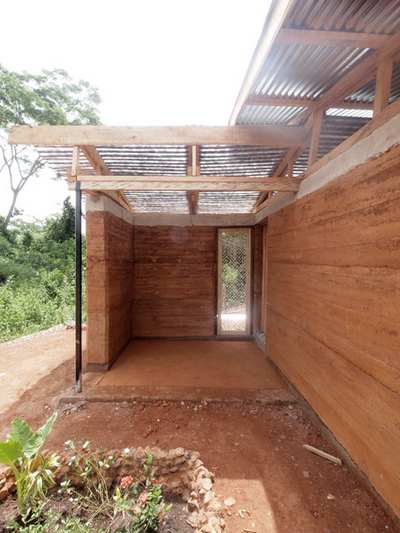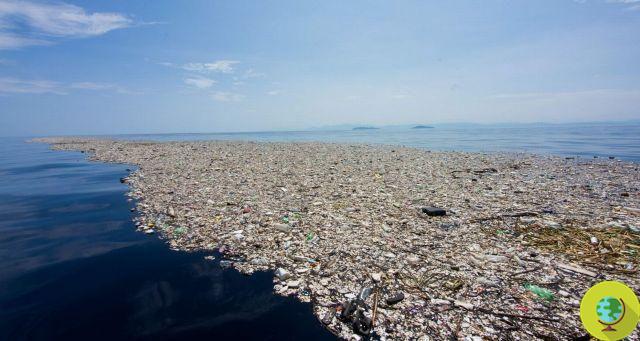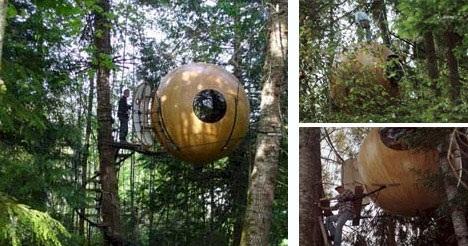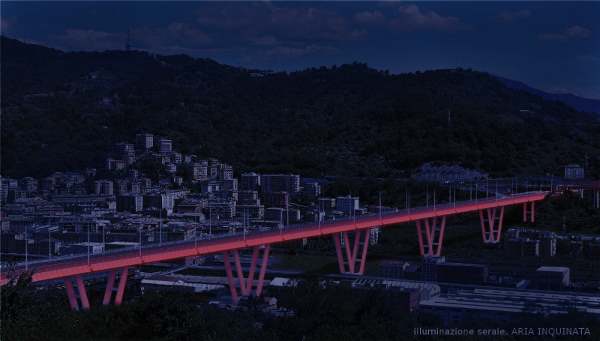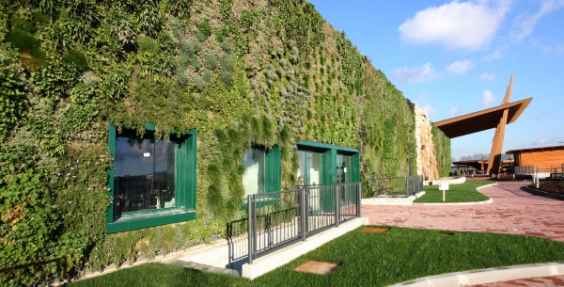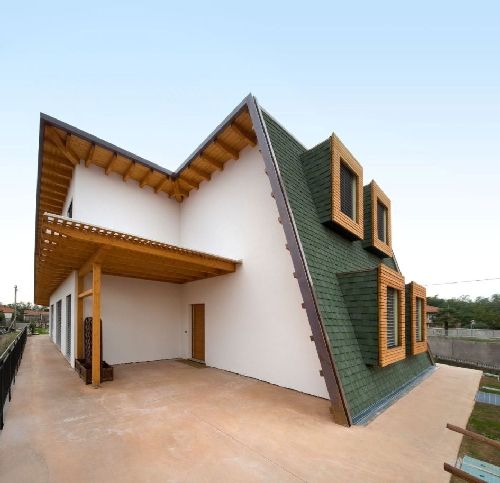
The news comes from Mexico City that the Cinvestav scientists are developing a new type of cement that would reduce carbon dioxide emissions by up to 80% by reducing the amount of energy consumed in the production process by as much as 50%.
He is about to end up run over, his mother saves him
Comes from Mexico City the news that Cinvestav scientists are developing a new type of cement would reduce carbon dioxide emissions up to 80% decreasing the amount of energy consumed in the production process by as much as 50%.
"Cement is the second most consumed product in the world after water for population growth, which in many cities requires the development of new infrastructure, buildings and CASE ", Affirm from Cinvestav, in a statement. Unfortunately, the intensive use of concrete "is harmful to the environment, bombarded by the huge amount of carbon dioxide generated" by the production of the building material, according to the claim. Cinvestav scientists have developed several types of alternatives to concrete over the past 13 years, including a cement based on geopolymers "With greater resistance and durability over time and a lower environmental and economic impact," the note said.
The project, led by Jose Ivan Escalante Garcia, plans to develop a substitute for “Portland” cement, which is the most widely used by the construction industry worldwide because exactly the same amount of carbon dioxide is released for every kilo of this type of cement produced. According to the data provided by the scientist, approx 2,5 billion tons of cement are produced every year around the world, which corresponds to over 8% of man-made greenhouse gas emissions. Escalante said that, in the traditional cement-making process, much of the amount of carbon dioxide is emitted due to the use of coal or coke to bring the limestone, clay and shale to a temperature of 1450 ° C to obtain a compound known as clinker, which is mixed with gypsum and reduced to powder for the production of cement.
Of the opposite sign cement based on geopolymers, that is composed and treated a temperatures of suns 750 ° C. Moreover, industrial by-products such as residual fly ash from the coal-based production process, metallurgical slag and other raw materials, which do not require any type of heat treatment, they can be incorporated into production of geopolymer-based cement and thereby help reduce carbon dioxide emissions by up to 80 percent, Escalante said. The expert added that geopolymers can be used “to obtain materials with greater resistance and durability over time”, Explaining that the manufacturing process of these is cheaper than that of traditional cement, because the energy consumed is 50% less than what is currently needed.
Escalante and his team expect to begin field trials soon and to achieve even better results than those achieved through laboratory research. Hopefully, then, we will soon receive some good news from Mexico's Research and Advanced Studies Center: in the meantime, for those who chew a little Spanish and chemistry, you can read Dr. Escalante's research results here.
Ilaria Brambilla





